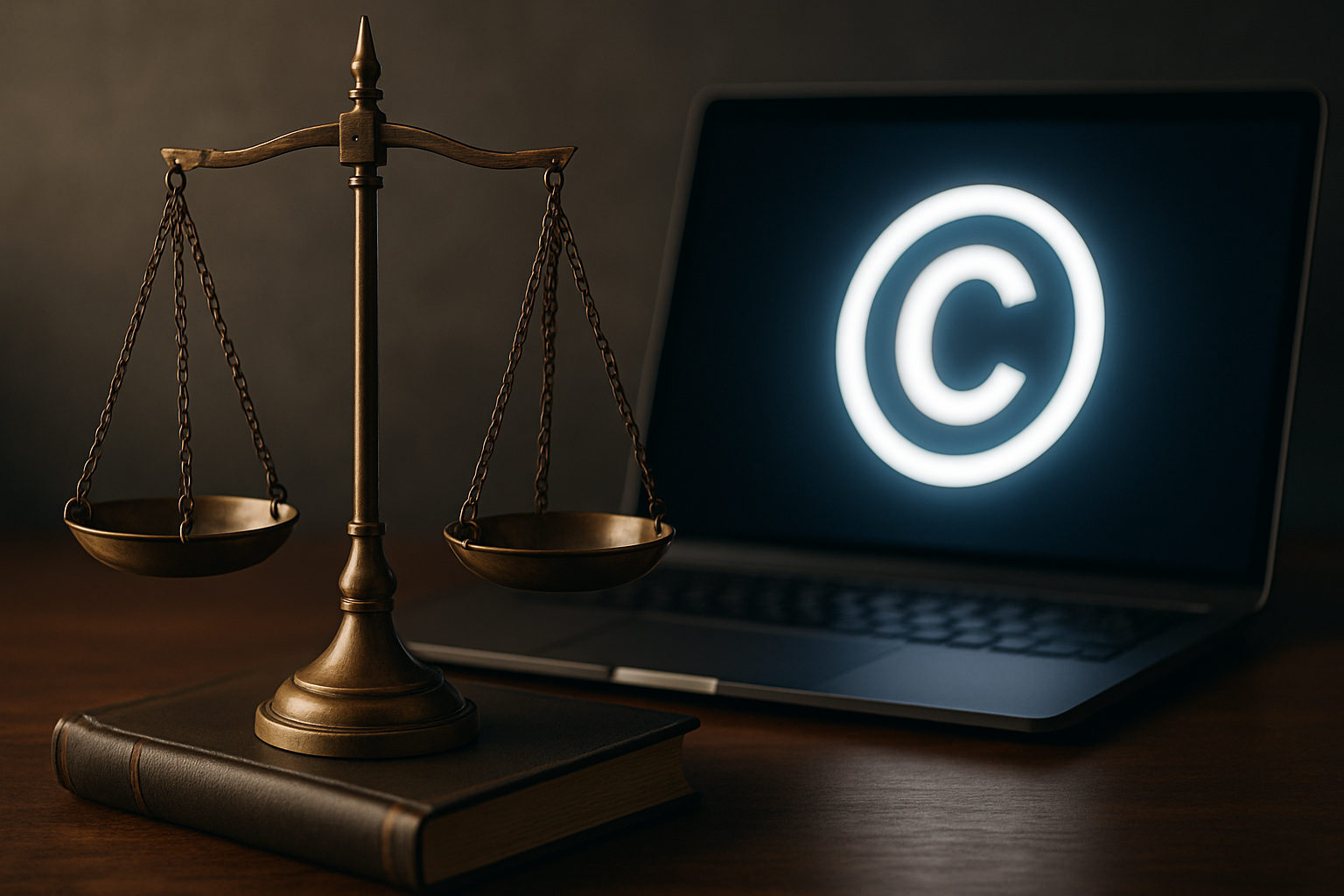Title: The Intricacies of Sovereign Immunity in Modern Governance
Introduction: Sovereign immunity, a centuries-old legal doctrine, continues to shape the landscape of government accountability and citizen rights. This article delves into the complexities of sovereign immunity, exploring its evolution, current applications, and the ongoing debate surrounding its place in contemporary legal systems.

The Modern Interpretation of Sovereign Immunity
Today, sovereign immunity operates on both federal and state levels in the United States. At the federal level, the doctrine is grounded in the Constitution’s Eleventh Amendment, which limits the ability of individuals to sue states in federal court. However, the interpretation and application of sovereign immunity have been subject to numerous Supreme Court decisions, resulting in a complex web of exceptions and limitations.
Exceptions to Sovereign Immunity
While sovereign immunity remains a powerful shield for government entities, several exceptions have emerged over time. The Federal Tort Claims Act of 1946 marked a significant shift, allowing certain types of lawsuits against the federal government. Similarly, many states have enacted tort claims acts that permit suits in specific circumstances. These exceptions often cover areas such as negligence, constitutional violations, and contractual disputes, providing avenues for citizens to seek redress for government wrongdoing.
The Debate Over Sovereign Immunity’s Relevance
The continued existence of sovereign immunity in modern democracies has sparked intense debate among legal scholars, policymakers, and citizens. Proponents argue that it serves crucial functions, such as protecting government resources from excessive litigation and preserving the separation of powers. Critics, however, contend that sovereign immunity undermines the principle of government accountability and denies justice to individuals harmed by state actions.
Recent Developments and Future Outlook
Recent years have seen renewed scrutiny of sovereign immunity, particularly in light of high-profile cases involving police misconduct and government negligence. Some states have taken steps to further limit sovereign immunity, while others have reinforced its protections. At the federal level, discussions continue about potential reforms to strike a balance between government protection and citizen rights. The ongoing evolution of sovereign immunity reflects the dynamic nature of legal systems and the challenge of adapting centuries-old doctrines to modern governance.
Implications for Government Accountability
The doctrine of sovereign immunity has far-reaching implications for government accountability and the relationship between the state and its citizens. While it serves to protect government entities from potentially crippling lawsuits, it also raises questions about the extent to which governments should be shielded from legal consequences. This tension is particularly evident in cases involving civil rights violations or systemic misconduct, where the doctrine can be seen as an obstacle to justice and reform.
International Perspectives on Sovereign Immunity
The concept of sovereign immunity extends beyond national borders, playing a crucial role in international law and diplomacy. In the global arena, sovereign immunity governs interactions between states and protects nations from being sued in foreign courts. However, the increasing interconnectedness of the world economy and the rise of human rights concerns have led to modifications in how sovereign immunity is applied internationally. Many countries now recognize exceptions for commercial activities and egregious human rights violations, reflecting a shift towards greater accountability on the world stage.
The Role of Courts in Shaping Sovereign Immunity
Courts, particularly the Supreme Court in the United States, have played a pivotal role in defining the contours of sovereign immunity. Through a series of landmark decisions, the judiciary has both expanded and limited the doctrine’s scope. These rulings have addressed complex questions such as the extent of state immunity from federal law, the applicability of sovereign immunity to state agencies and officials, and the interaction between sovereign immunity and other constitutional principles. The ongoing judicial interpretation of sovereign immunity underscores its dynamic nature and the need for continuous reassessment in light of changing societal values and legal norms.
Balancing Sovereign Immunity with Democratic Principles
At its core, the debate over sovereign immunity reflects a fundamental tension in democratic societies: how to balance the need for effective governance with the principles of accountability and individual rights. As governments face increasingly complex challenges, from global pandemics to technological disruptions, the doctrine of sovereign immunity must evolve to meet these new realities. Finding the right balance requires careful consideration of the doctrine’s historical foundations, its current applications, and its potential future forms. This ongoing process of evaluation and adaptation is essential to ensure that sovereign immunity remains a tool for effective governance without becoming a barrier to justice and accountability in modern democracies.





